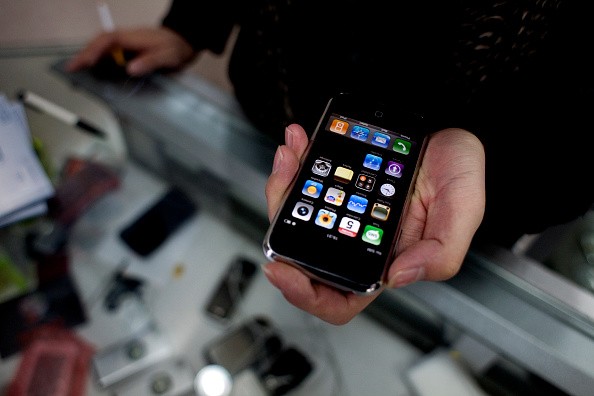The China Internet Network Information Center (CNNIC) found that there are about 780 million smartphone users in the country in 2015. The state-run agency revealed that 16 percent of all these users (about 125 million) use Apple Inc.'s iPhone. In contrast, there are 110 million iPhone users in the U.S.
Samsung, the strongest competitor of Apple, comes on second place with 15.8 percent market share. China-based smartphone developer Xiaomi is positioned at third place, enjoying 15.6 percent of the market.
The report sheds light on the importance of the Chinese market for Apple. This became more evident as the company gained $12.5 billion worth of iPhone sales in the second quarter of 2016. However, the company noted that this is a critical drop of 26 percent in comparison with the second-quarter sales in 2015.
Market analysts say that the recent revenue report of Apple is a reflection of the Chinese consumers' search for devices that are good alternatives to Apple phones. Tim Cook, Apple's CEO, is expected to convince Apple investors that the company will be able to recover its status in China.
Cook also looks forward to generating more iPhone sales in India. He believes that the country has many opportunities for Apple to excel in its gadget market, despite accounting for only 1 percent of the worldwide iPhone sales.
Apple's CEO is currently in India to meet Prime Minister Narendra Modi and discuss the future investments of Apple in the country. Cook also confirmed that more than 150 Apple developers will be assigned on the Apple Maps project. This will be developed in Hyderabad, Telangana.
Fortune reported that monitoring the number of iPhones being used in China is crucial in analyzing the smartphone market and planning for future investments. The data point will be useful in correlating the popularity of the iPhone and the increase or decrease in the level of Apple sales every quarter.



























